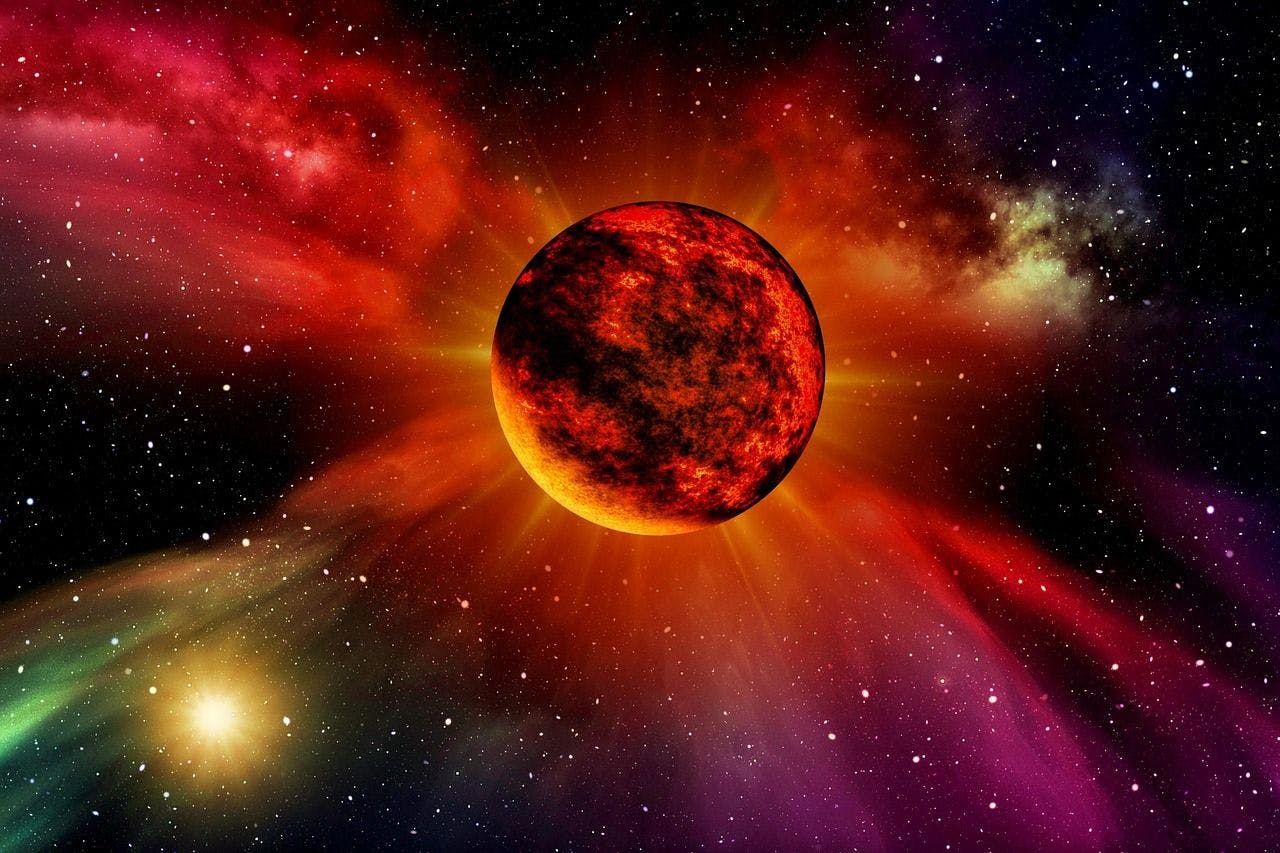
Can Kalgash Exist? Simulating the Stellar System of Asimov’s Sci-Fi Classic
31 Mar 2025
Simulating Asimov's Nightfall, this study explores Kalgash's six-sun system, its eclipses, and possible stable configurations using Newtonian physics.
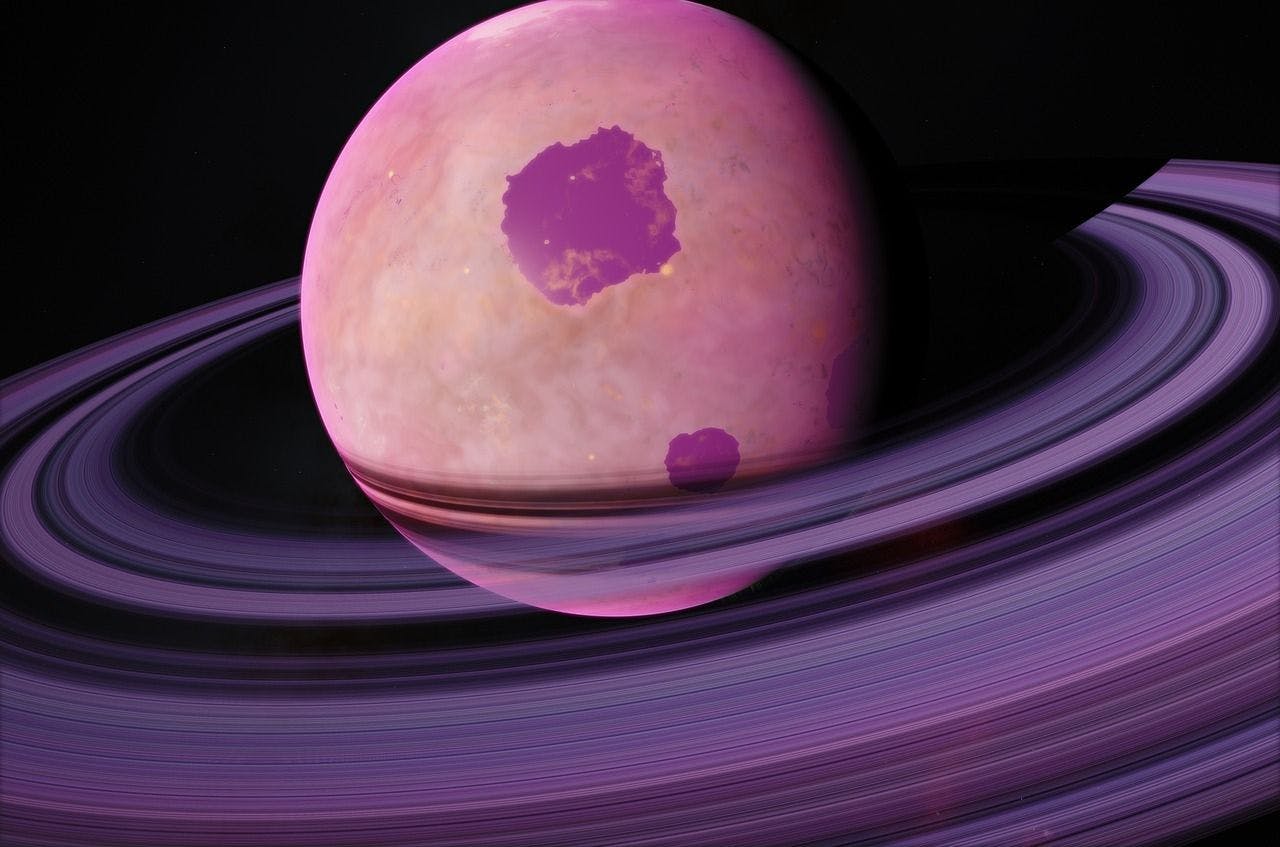
Isaac Asimov’s Celestial Puzzle: How Six Suns Shape Kalgash
31 Mar 2025
A scientific exploration of Kalgash's six-sun system and its eclipses from Isaac Asimov's Nightfall, analyzing celestial mechanics and fictional astronomy.
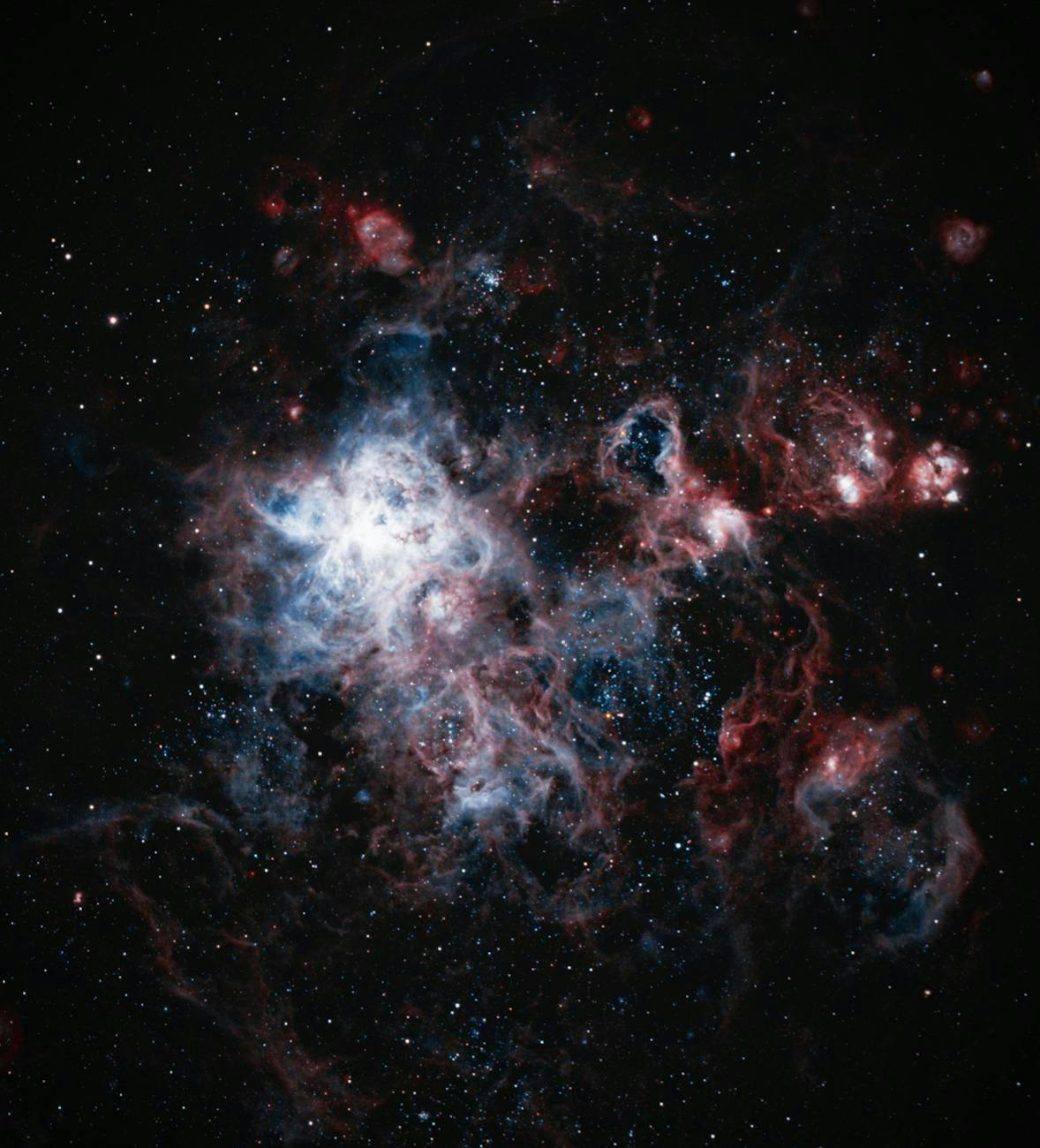
How Six Suns and an Eclipse Shaped Sci-Fi’s Greatest Short Story
31 Mar 2025
Exploring the science behind Isaac Asimov's Nightfall, this paper unravels the stellar system of Kalgash, its six suns, and the madness-inducing eclipse.
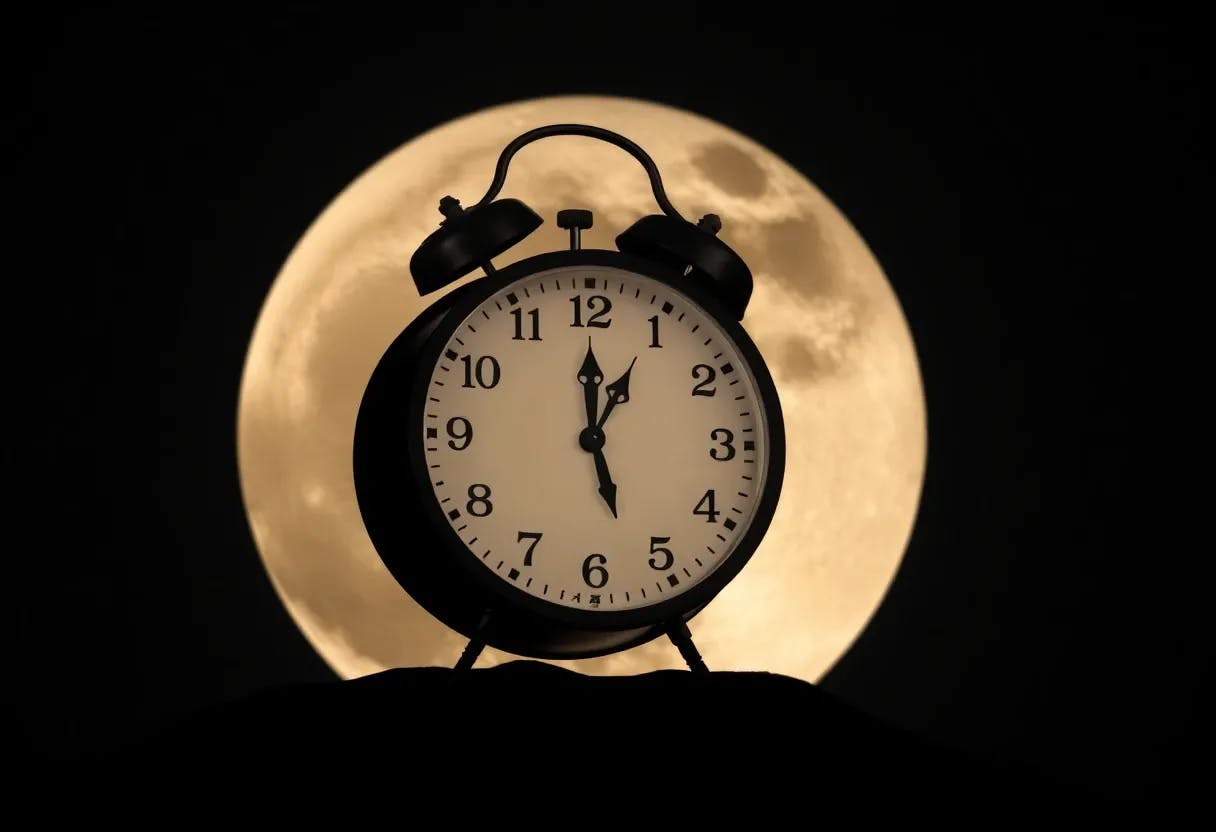
Timekeeping in Space: Comparing Rotating and Inertial Frames
25 Feb 2025
Explore how time ticks differently on Earth and Moon across rotating and inertial frames, revealing the role of relativity in space-based timekeeping.
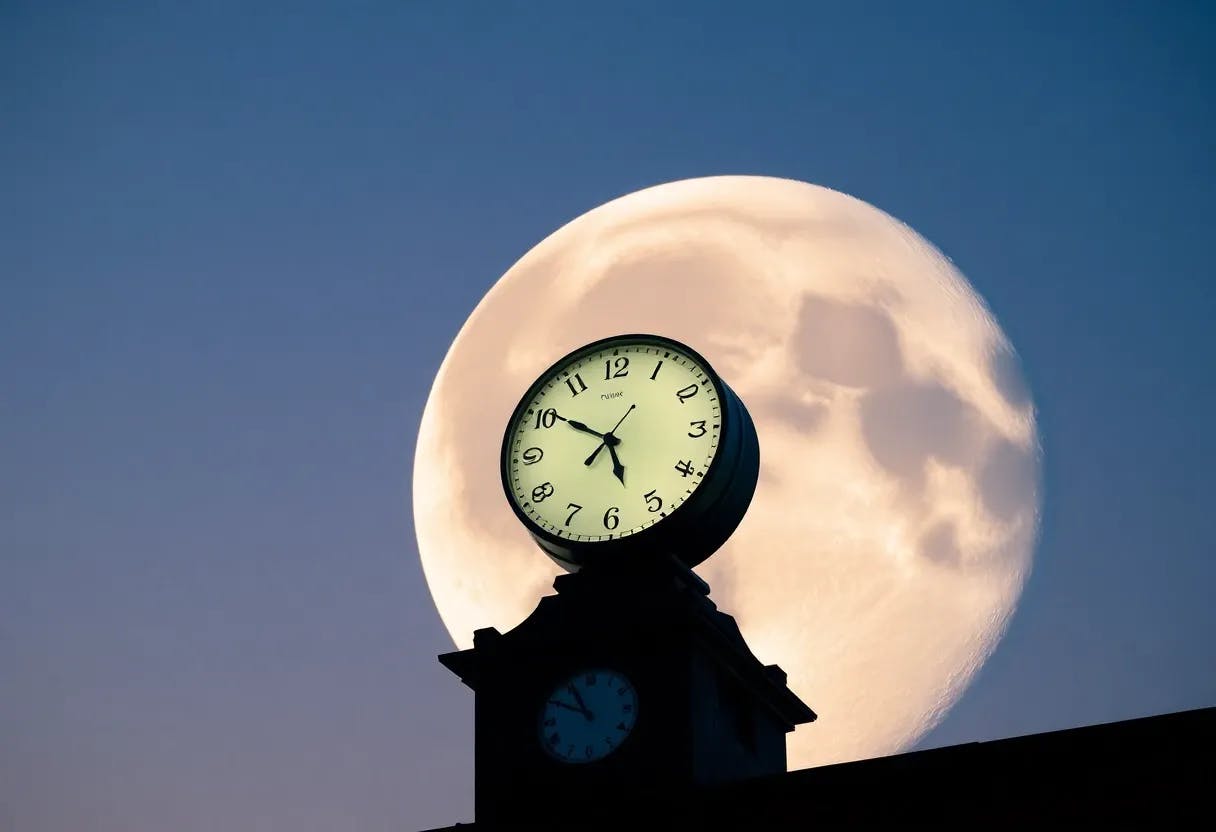
Equations of Motion in the Earth-Moon System
25 Feb 2025
Discover the equations governing Earth-Moon motion, how their center of mass behaves, and why Keplerian orbits define their celestial dance in space.
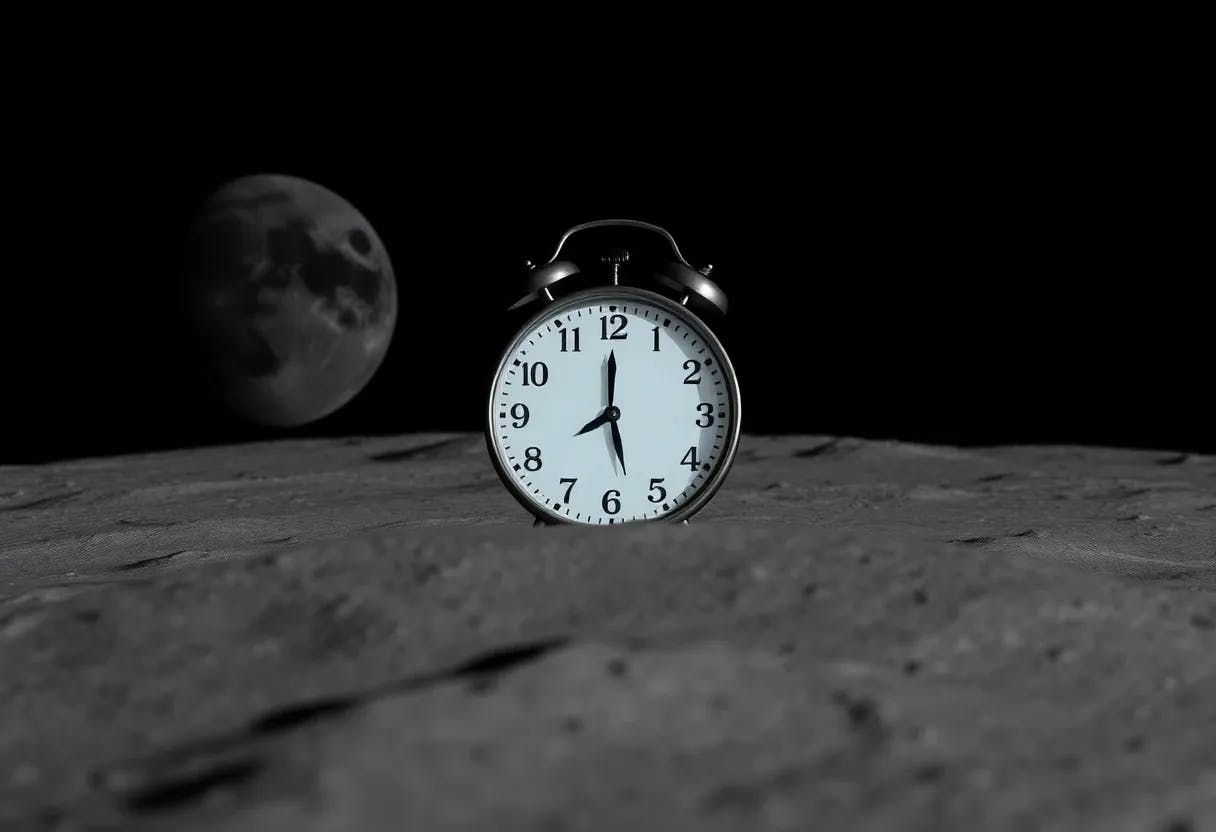
Keeping Time on the Moon: A Relativistic Approach to Lunar Clocks
25 Feb 2025
How do clocks tick on the Moon? A new relativistic framework establishes coordinate time, crucial for space navigation and Earth-Moon synchronization.
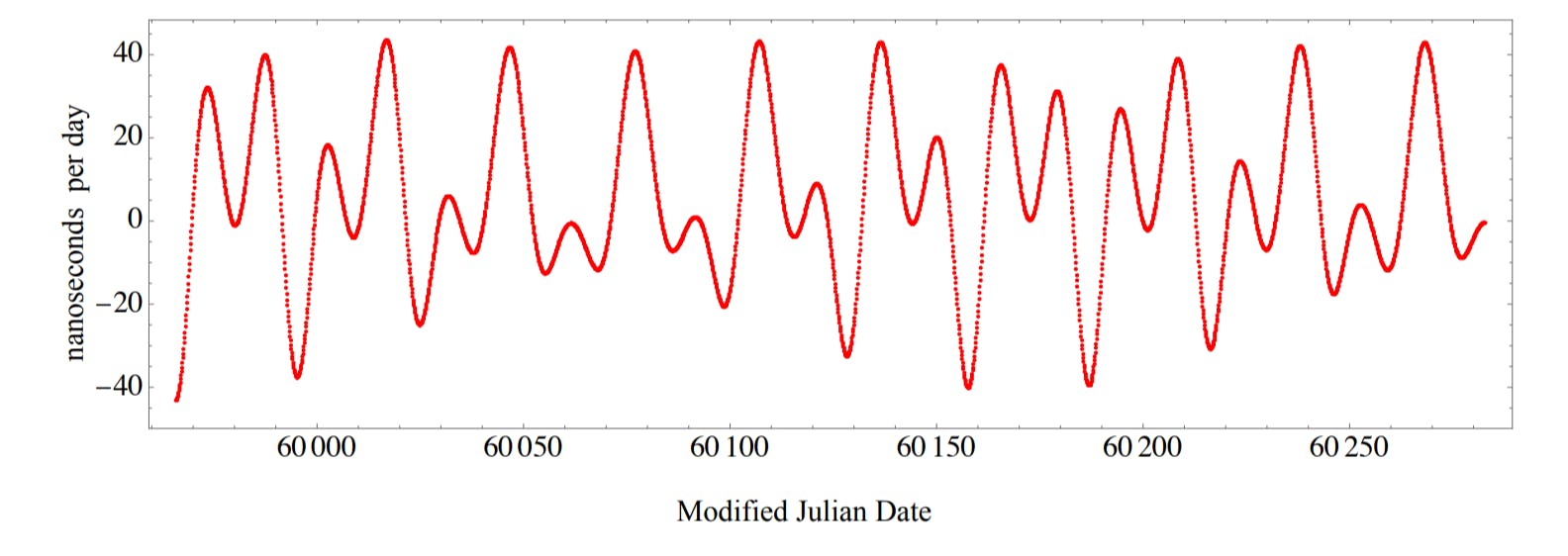
How Keplerian Orbits Help Define Time on the Moon
25 Feb 2025
A Keplerian orbit model defines coordinate time on the Moon and Lagrange points, ensuring precise synchronization for lunar navigation and cislunar operations.
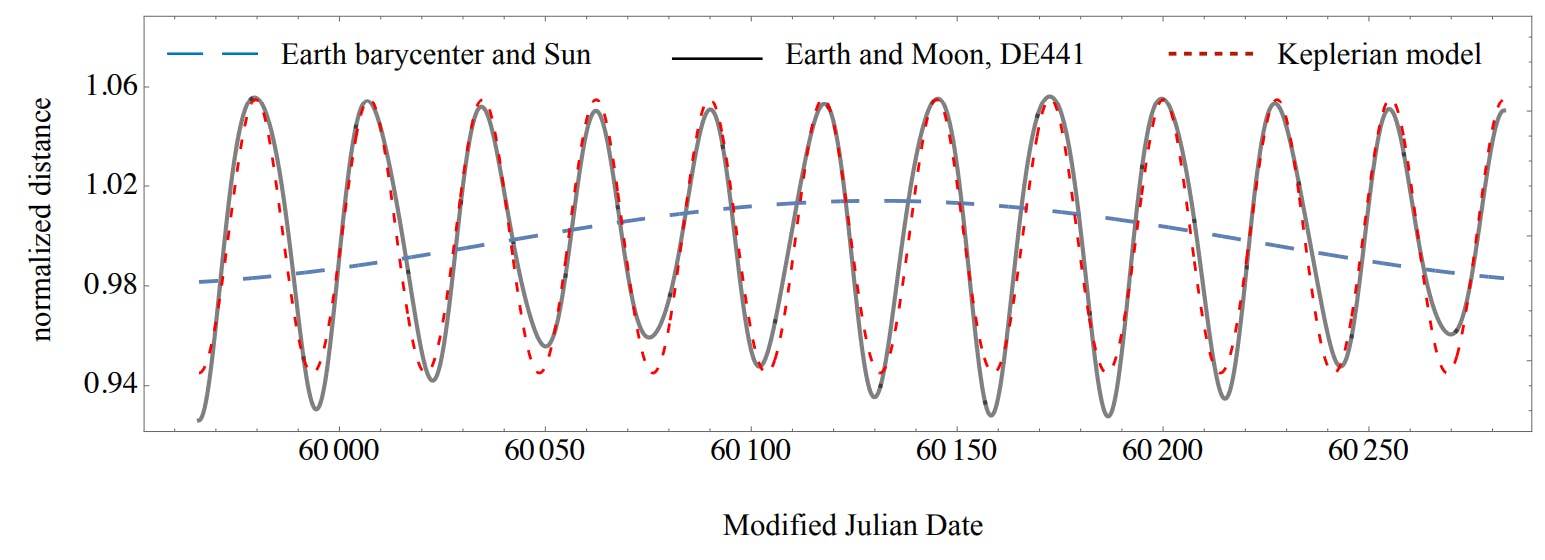
The Case for Lagrange Points As Ideal Locations for Space Clocks
25 Feb 2025
Lagrange points provide stable locations for precise timekeeping in cislunar space. Learn how gravity and motion impact clock rates at L1, L2, L4, and L5.
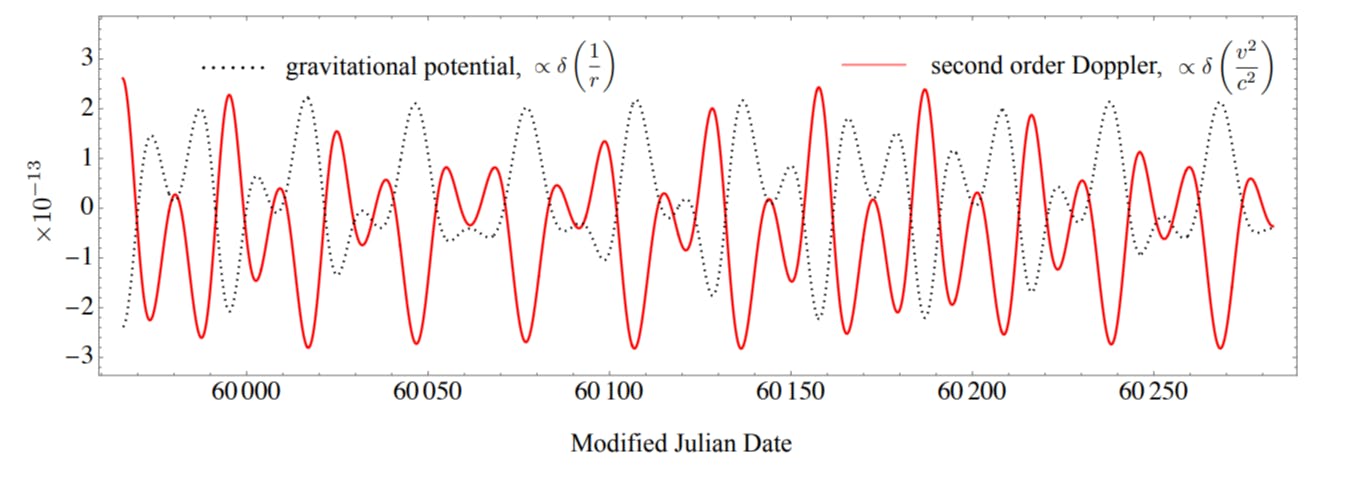
The Role of Gravity and Motion in Space-Time Coordination
25 Feb 2025
Clocks on the Moon tick faster than on Earth due to relativity. Learn how Keplerian orbits, gravity, and motion affect time synchronization in space.
